Rediscovering forgotten Swiss women artists
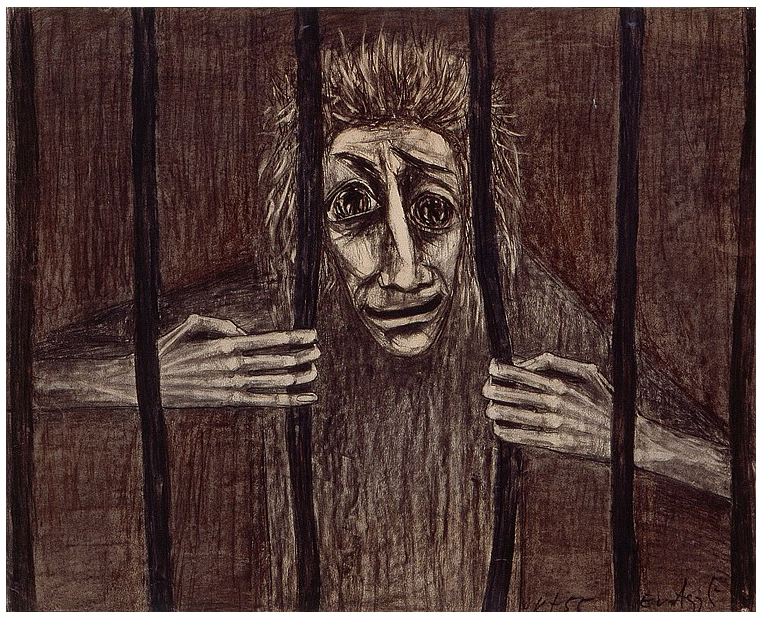
This year Swiss museums are drawing attention to women artists and their work, many of whom have been forgotten over the years. We present a selection of female artists who were rediscovered or only became famous after their deaths.
Eva Aeppli (1925 – 2015)

Eva Aeppli External linkstarted to create a body of deeply intense work from the 1950s. She grew up in Basel, but spent most of her life in France, where she died in 2015. She first visited Paris in 1951 with her second husband, the famous Swiss artist Jean Tinguely. Her work is very diverse, but always characterised by a consistent theme. Ranging from hand puppets to fabric figures and expressive paintings using dark colours, her art conveyed a barren, ascetic image of people.
From the 1960s Aeppli depicted skulls, faces, and mountains of corpses in large-format paintings. The reality and violence of the Second World War, the concentration camps and people’s suffering affected Aeppli’s images of people.
Some critics misunderstood her message as very pessimistic and gloomy, but her art always contained a moral message. Her work only started receiving positive recognition in the 1980s.
Clara von Rappard (1857 – 1912)
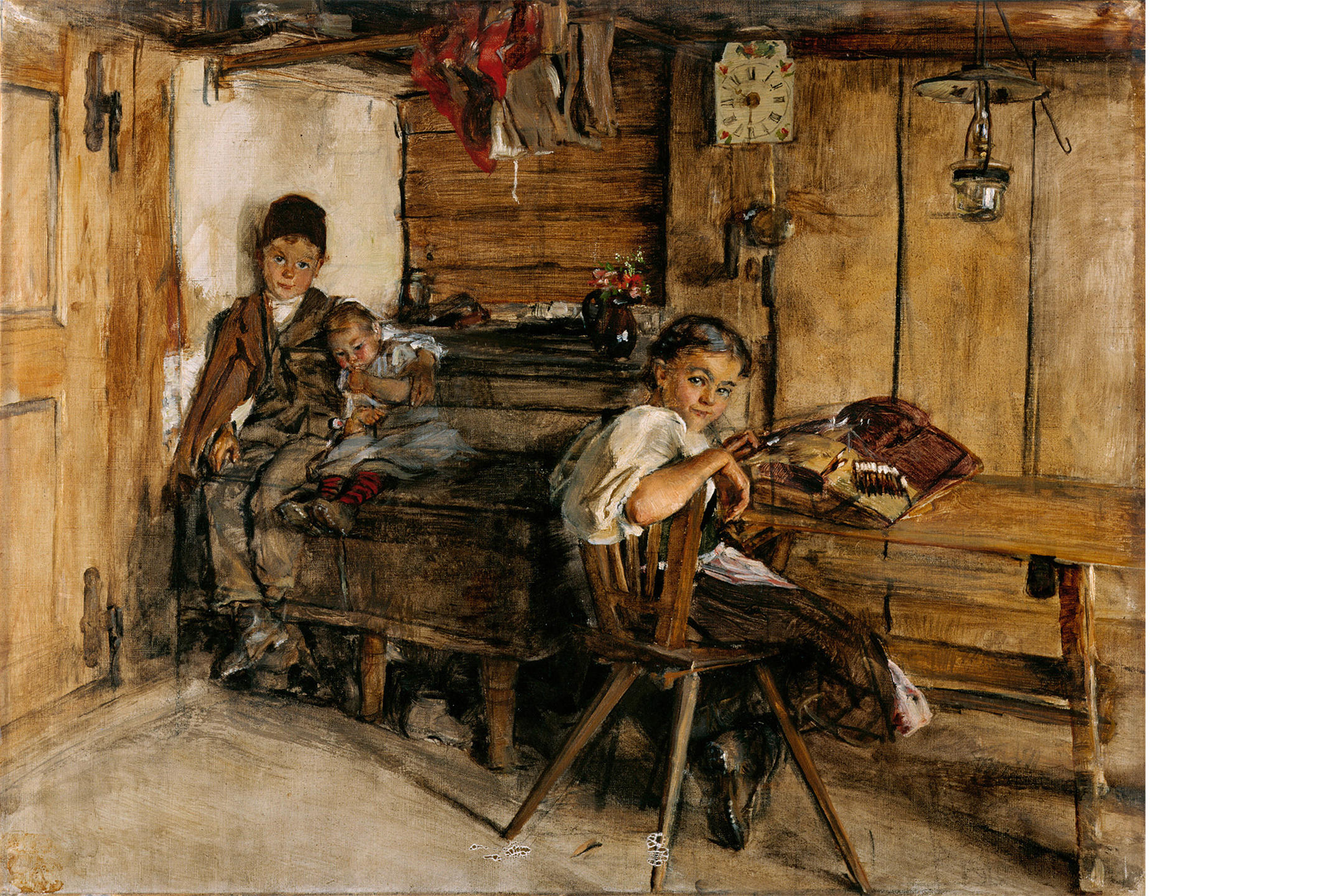
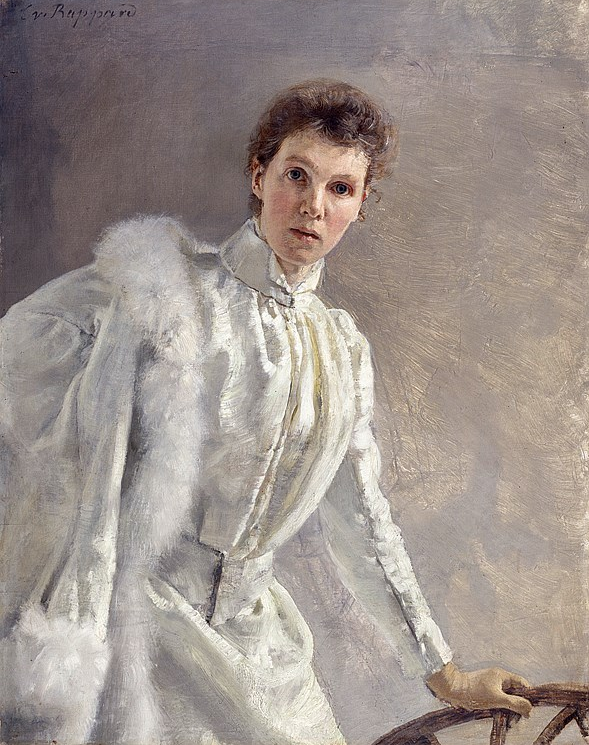
At the end of the 19th century Clara von RappardExternal link was regarded as one of the most important painters in Switzerland. She learned to draw and paint with numerous famous artists, which was unusual for a woman at that time. Her special charcoal and chalk portraits were popular and could be seen in numerous exhibitions, including Berlin and Paris in the 1890s.
In addition to portraits, Clara von Rappard painted landscapes and murals and made sketches and prints. Her impressionistic landscape painting stood out strongly from other, often more nationalistic works of the time. She showed the mountains of the Bernese Oberland in fog, with snow and with different plays of light and shadow.
She received a lot of attention up until the 1920s but was then completely forgotten until her paintings were exhibited again in 1999. In 2012 the Kunsthaus Interlaken dedicated an exhibition to her on the centenary of her death.
Binia Bill (1904 – 1988)
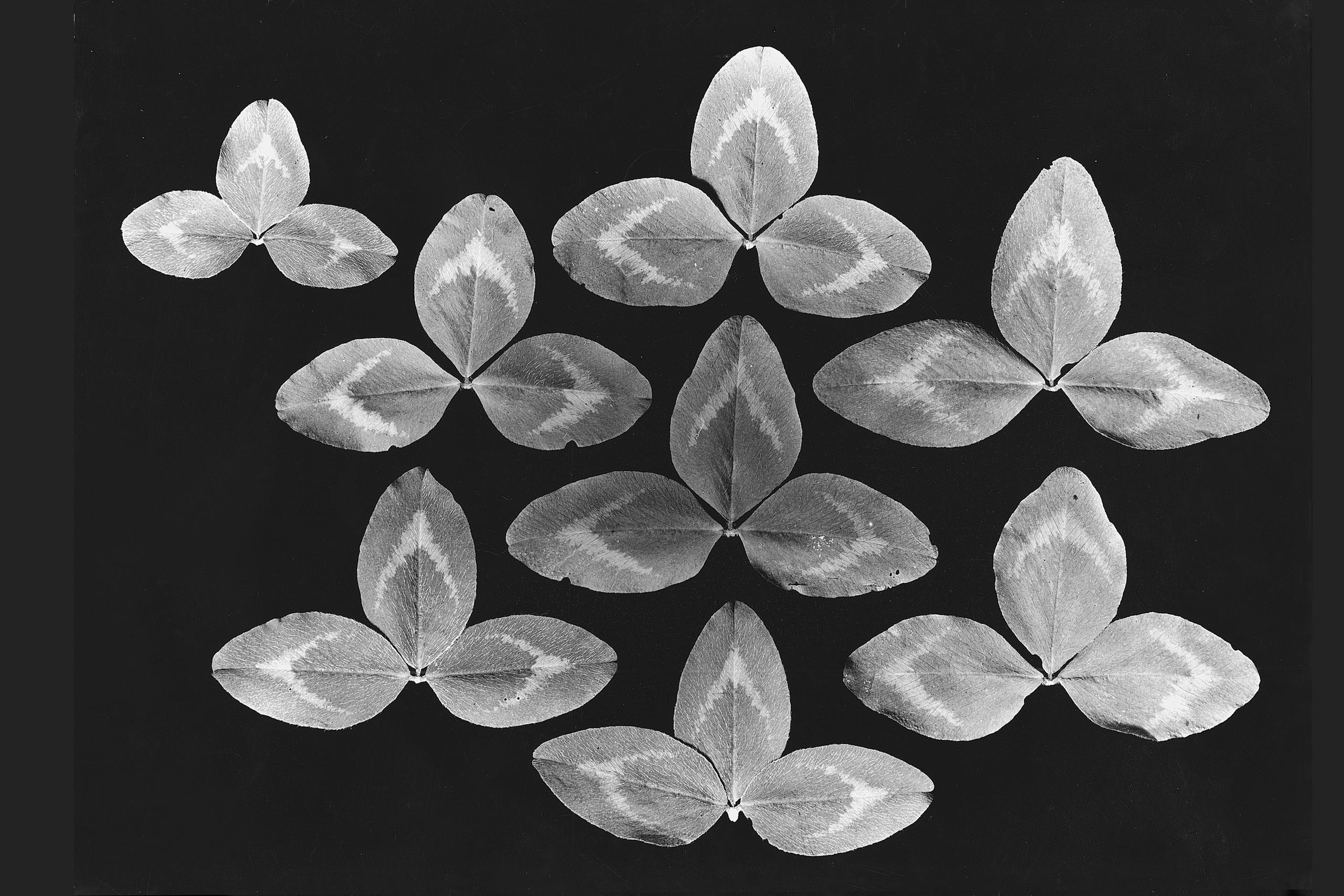

Born in Zurich, the photographer Binia BilExternal linkl trained as a concert cellist in Paris and studied photography in Berlin. Back in Switzerland, she worked as a freelance photographer for various publications. In 1931 she married the architect and artist Max Bill, whose work she captured on camera.
She built up an impressive collection of personal photographic work – on journeys, during encounters with the pioneers of modernism art, and later in her private life. Her still life works, portraits and flower paintings displayed a personal and unique pictorial language that conveyed the flair of the 1930s.
Bill remained in her husband’s shadow, even though she exhibited her photographs and received several art awards.
After the birth of their son Jakob, she gave up her job and worked for her husband. In 2004, the Aargauer Kunsthaus showed her work in a solo exhibition and finally gave her the attention she deserved.
Marcello (1836 – 1897)
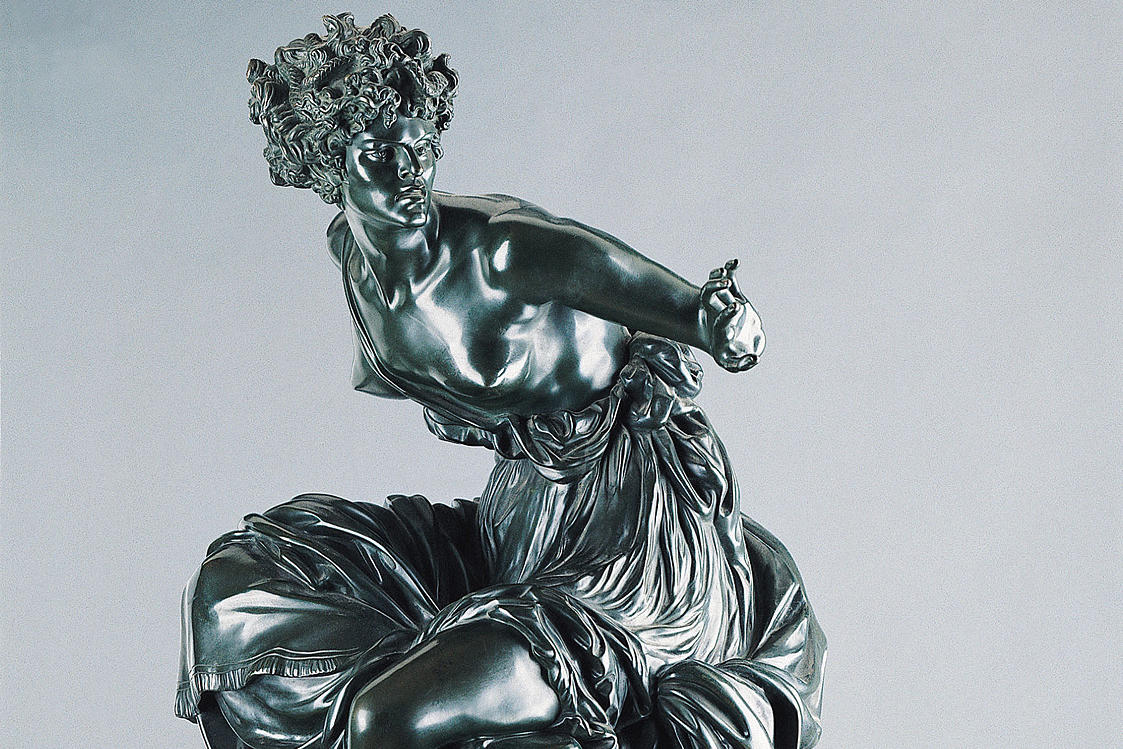
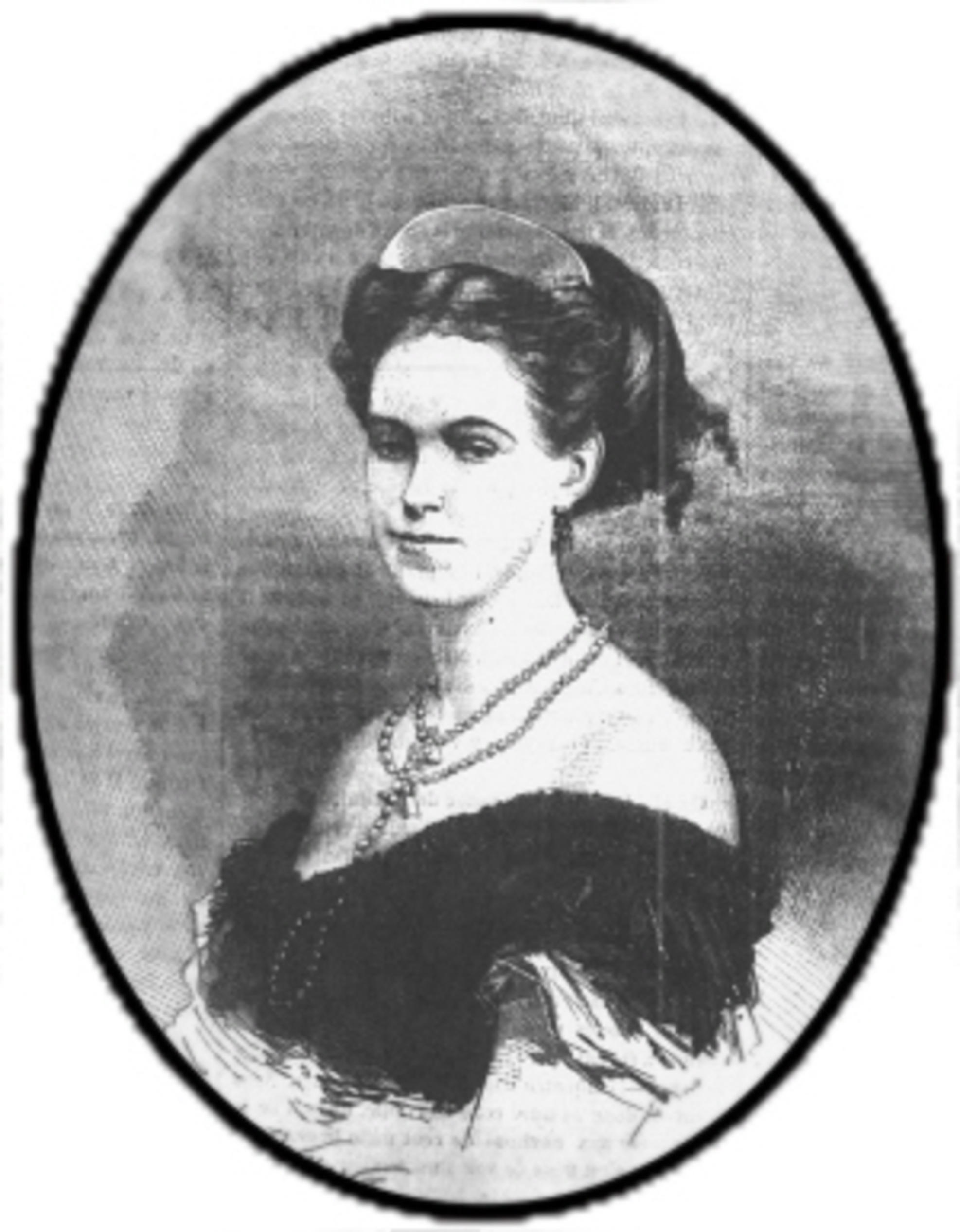
Adèle d’Affry came from a noble family and spent her youth in Switzerland and France. Drawn to sculpture since the age of 17, she travelled to Rome to be trained by the Swiss sculptor Heinrich Maximilian Imhof. In 1856 she married Carlo Colonna, Duke of Castiglione Aldovrandi, who died in the same year.
Throughout her life, Adèle d’Affry was torn between her career as an artist and her role as a woman. The young widow opted against a second marriage and took on the persona “sculptor MarcelloExternal link“. Two years later she settled in Paris and became a renowned artist, exhibiting at the World Exhibition in Paris in 1867, in Munich in 1869 and in Vienna in 1873.
Adèle d’Affry died at the age of 43 in Italy from tuberculosis. She left behind numerous sculptures, texts and drawings. An exhibition at the Art and History Museum in Fribourg in 2014 led to her works being rediscovered by the public.
Anny Meisser Vonzun (1910 – 1990)
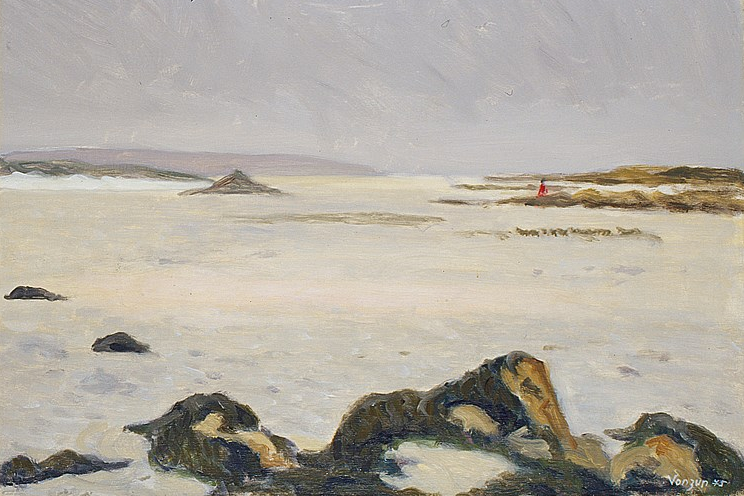
Painter and illustrator Anny Meisser Vonzun spent most of her life being overshadowed by her husband, the painter Leonhard Meissner. Anny Meisser Vonzun grew up in St Moritz, in Graubünden. After studying at art school in Basel and Zurich, she exhibited her works for the first time in 1937, in the cantonal capital Chur. Her focus was often on still life paintings, but she also depicted children, interiors and landscapes.

Anny Meisser VonzunExternal link was a figurative artist her whole life. Her local Graubünden alpine landscapes remained a personal taboo because at that time women were not expected to paint such scenes. She also wanted to leave these kinds of paintings to her husband.
Figurative art fell out of fashion during the second half of the 20th century. Anny Meisser Vonzun’s works remained forgotten until a book was published to mark what would have been her 100th birthday in 2010.

More
Martha Stettler: a modern female artist from another time
We have been conducting a comprehensive data analysis to see just how visible women artists are in Swiss museums. The results of our work are being published on June 7. Please sign up below for our newsletter if you want to receive our article via email.

In compliance with the JTI standards
More: SWI swissinfo.ch certified by the Journalism Trust Initiative



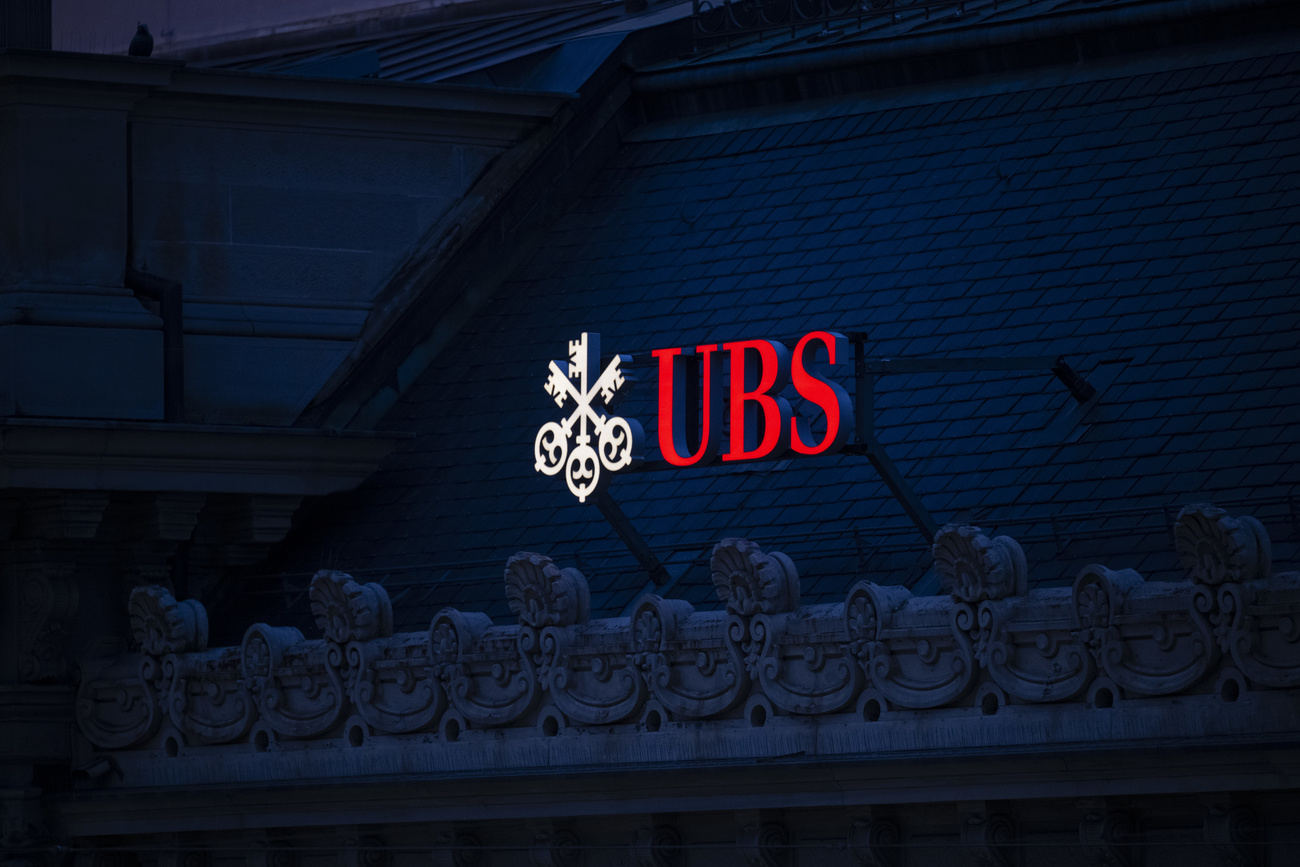




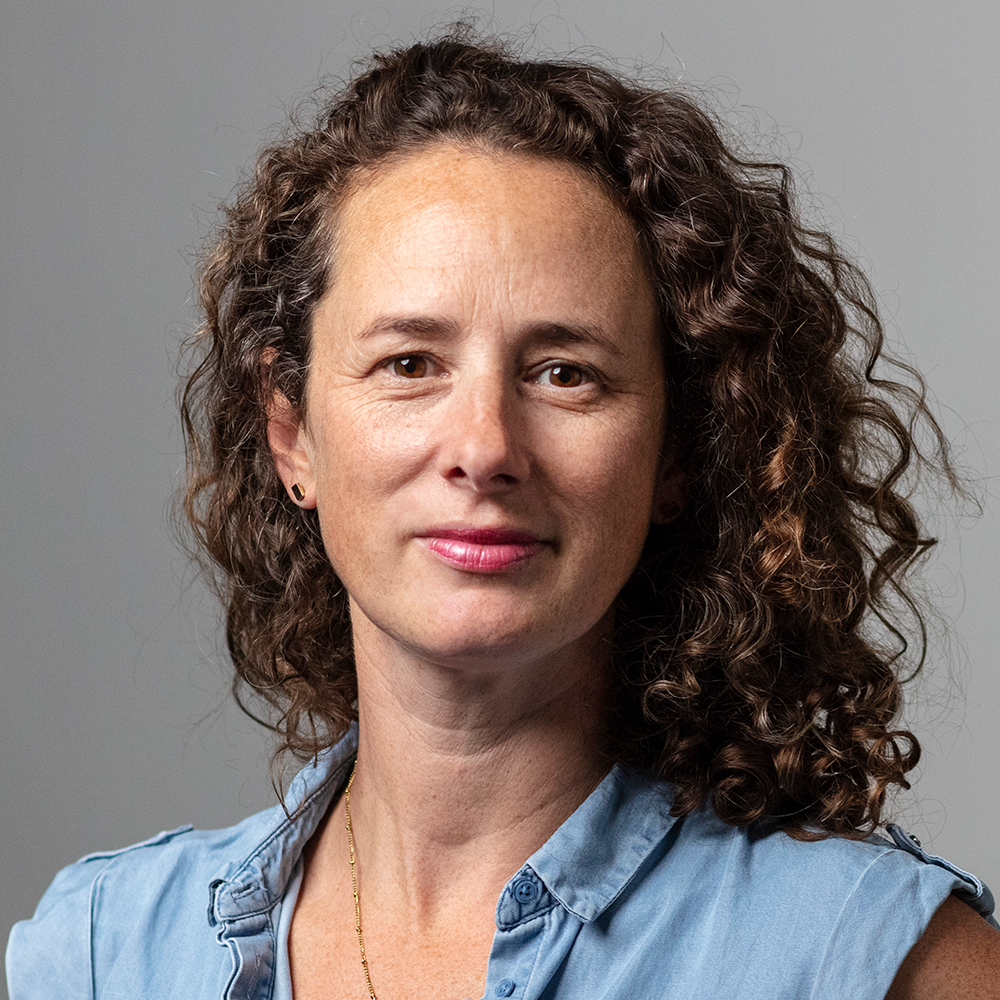




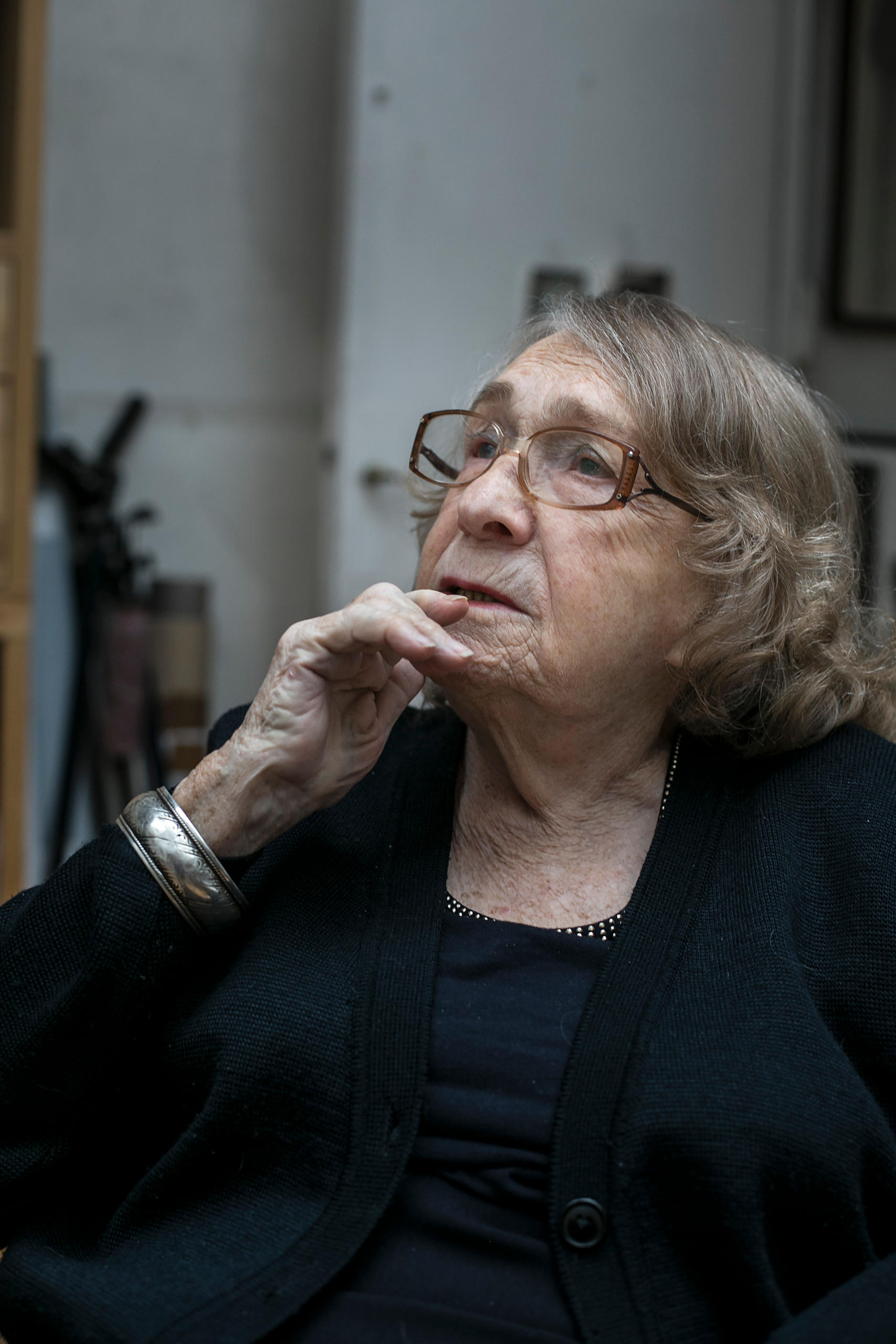

You can find an overview of ongoing debates with our journalists here . Please join us!
If you want to start a conversation about a topic raised in this article or want to report factual errors, email us at english@swissinfo.ch.